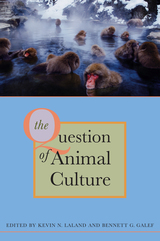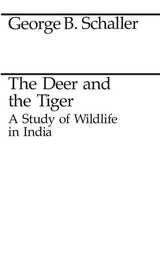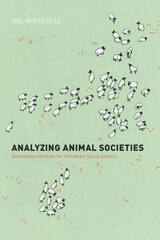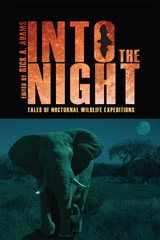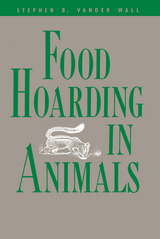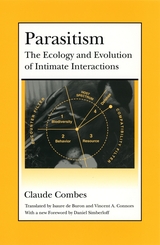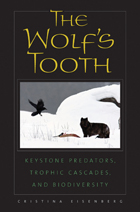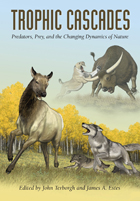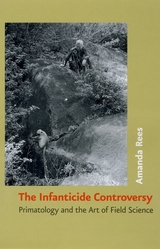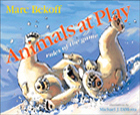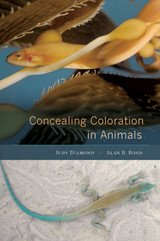Feeding Strategy
University of Chicago Press, 1982
Paper: 978-0-226-64186-7
Library of Congress Classification QL756.5.O93 1982
Dewey Decimal Classification 591.53
Paper: 978-0-226-64186-7
Library of Congress Classification QL756.5.O93 1982
Dewey Decimal Classification 591.53
ABOUT THIS BOOK | TOC
ABOUT THIS BOOK
Feeding is invoked in some way in almost all the encounters and associations between different species. The choice of food is immense: plants grow in a multitude of forms, from seaweeds to cactuses and from grasses to forest trees: animal prey is available from tiny krill in the oceans to antelopes on the plains. As almost every species is accessible to another with the right feeding strategy, there is a continual evolutionary jostling between eater and eaten for the advantage over the other.
Among both plants and animals elaborate strategies have evolved for exploring the surrounding life as food. The feeding behavior of predators is based on a search and strike strategy. In contrast, grazers live surrounded by their food and are relatively immobile. Such animals as impalas and grasshoppers, whose persistent feeding make them ready prey, have evolved means of avoiding the notice of predators or methods of speedy escape. Plants that digest animal tissue have evolved complex and devious means to attract prey.
The variations in style of these feeding encounters and the precision involved in some of the feeding mechanisms are the themes of Feeding Strategy.
Among both plants and animals elaborate strategies have evolved for exploring the surrounding life as food. The feeding behavior of predators is based on a search and strike strategy. In contrast, grazers live surrounded by their food and are relatively immobile. Such animals as impalas and grasshoppers, whose persistent feeding make them ready prey, have evolved means of avoiding the notice of predators or methods of speedy escape. Plants that digest animal tissue have evolved complex and devious means to attract prey.
The variations in style of these feeding encounters and the precision involved in some of the feeding mechanisms are the themes of Feeding Strategy.


